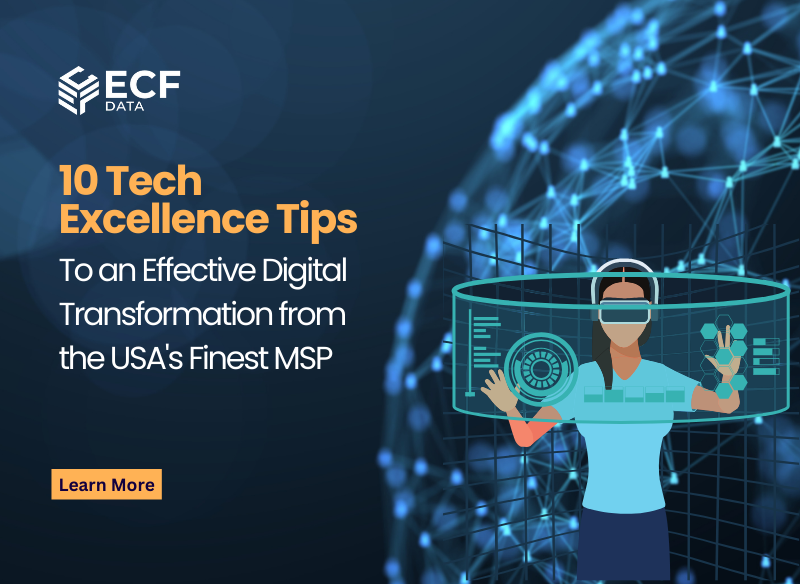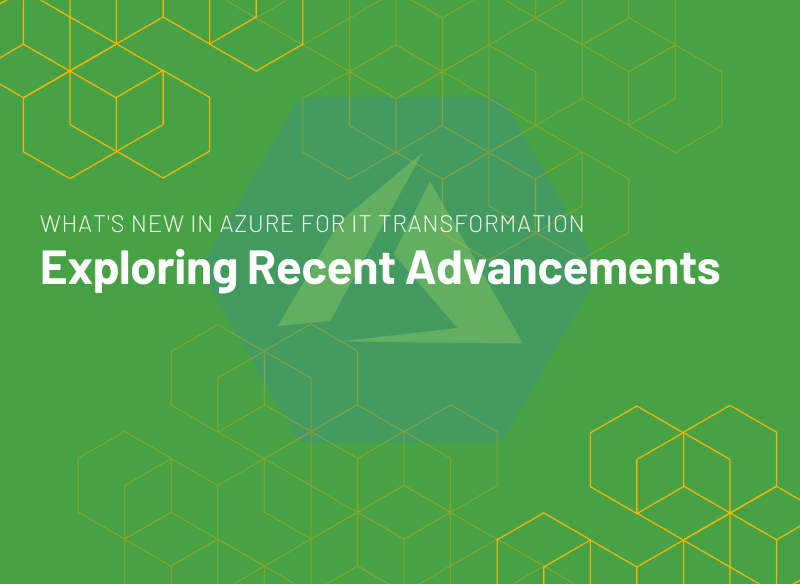-
By: Janina Criador
- IT Consulting
- December 20, 2022
- Comments 0
A Closer Look at Power Apps and its Soaring Popularity Among Fortune 500 Companies
The launch of smartphones allowed us to be more familiar with apps. No matter how we first became acquainted with having an app for just about everything, whether for games, productivity, or social media, we must acknowledge that there’s a growing demand for it. Businesses are also taking advantage of the App world. Fortunately, Microsoft was able to predict that this trend would happen.
In 2016, they released Power Apps, and since then, it’s been one of Microsoft’s hidden gems that companies are slowly discovering. Numbers show that 86% of Fortune 500 companies have uncovered the wonders of Power Apps. Small-medium businesses as well are joining the bandwagon, and we understand why.
If you have not heard of Power Apps, you’ve come to the right place. Let’s dig in, shall we?
What is Microsoft Power Apps?
Power Apps is enveloped in Power Platform’s umbrella along with Power Automate, Power BI, and Power Virtual Agents. Power Apps is a suite of apps, connectors, data platforms, and services. It offers a swift development environment to make custom apps that cater to your business needs.
We like to think of them as Tetris pieces, each with a pre-defined shape and size). Each simplifies a specific function like paper forms, document generation, and manual data entry. Once they are together, they transform into one powerful platform to make your business more efficient, reducing manual process errors.
We must reiterate that Power Apps is made for business applications to help leverage services, products and customer engagement. Unfortunately launching the newest dating app or social media tool would not be a great fit for Power Apps.
Who is Power Apps for?
Through Power Apps, you can design apps using a user-friendly interface without programming knowledge. A game-changer, right?
If at this point, you do not realize that it’s made for everyone, the specifics are the following:
- For experienced developers who want to make innovations and want to benefit from its enhanced features
- For users with some experience who want to garner the skills to develop their apps from scratch
- For citizen developers who want to build apps using the pre-built templates and sample data
What are the benefits of Power Apps?
Low Code Requirement : One of the first benefits of Power Apps is that it doesn’t require users with deep coding knowledge. The platform’s easy-to-use interface, including the pre-built templates and drag-and-drop environment, makes it perfect even for average users.
Data Connectors and Extensions : Power Apps makes it effortless to develop applications because it links your business data in cloud services like SQL tables, Excel worksheets, SharePoint, Dynamics 365, etc. You can allow interaction with metadata and data, build custom connectors, and integrate with external data. About 275+ built-in and readily available data connectors will enable you to build apps with your data.
Office 365 Integration : As with other Microsoft solutions, Power Apps can be integrated with your Microsoft 365. Whether your data is in SharePoint or Excel spreadsheet, you can update your data across the various applications in real time. It also means that your data will always be reliable, up-to-date, and available.
More than that, being in the Microsoft 365 environment makes it easy for users to adopt because it is already familiar. For example, while using Microsoft Teams, you can find out-of-the-box tabs that you can include on your Teams channels that let you use Power Apps.
Limited offline functionality : Understandably, not all users can always have an internet connection. Power Apps is equipped with a feature that provides limited support for offline usage. We must emphasize that it is limited, and offline access can only store a small amount of data.
Ease of Use : If there’s anything about Power Apps is that it holds no complications. Developing apps has always been intimidating, but Power Apps makes it more approachable. Anyone can now create, share, and use an app. Moreover, you can skip a grand setup.
Security : The applications built using Power Apps are highly secure. The workflows and applications are linked with Azure Active Directory and other Microsoft security solutions, such as Common Data Services (CDS), which offers a role-based security model. Permission controls are available at the data and application levels, so end-users can only see what should be seen. Apps that are built on CDS are automatically GDPR-compliant.
Money savings : You may not see it initially, but Power Apps is exceptionally cost-effective. Because of the pre-built templates, out-of-the-box connections, and others, the time usually spent on building an app is drastically reduced.
Based on Forrester’s report on the Total Economic Impact of Power Apps reveals that those who used Power Apps achieved a 74% reduction in their app development costs. Moreover, the maintenance and management of the apps after deployment is relatively more simplified and cheaper in Power Apps.
Highly customizable : The beauty of building an app is that it can cater to your specific challenge, unique need, or innovative idea that’ll make your business more competitive. Power Apps, fortunately, ticks all of those boxes. Apps that will help you with your functions, such as running data analytics, monitoring employee expenses, automating communications, and incorporating AI functionality, can be quickly done.
Working with a Power Apps partner
If you have questions, want to begin your Power Apps journey, or need help building your organization’s custom app, ECF Data is here to help. Since its launch, ECF Data has been helping companies with their licensing, app development, and guidance in digitizing complex processes. Get the most out of Power Apps! Book a call with our experts by simply clicking the button below.









